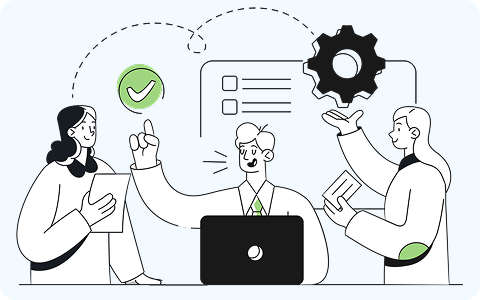
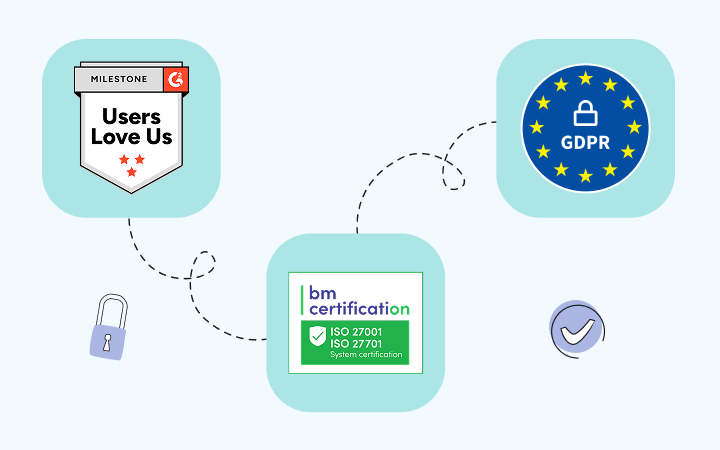

🍪 Allow functional cookies?
We use Zendesk messaging software for easy communication with our clients. Zendesk uses cookies to interact with website visitors and provide chat history.
See our Privacy Policy for more info. You can change your cookie preferences at any time in our Cookie Settings.




Use productivity monitoring software by DeskTime to keep track of your employee’s productivity in the workplace.
Free 14-day trial. No credit card required.
By signing up, you agree to our terms and privacy policy.
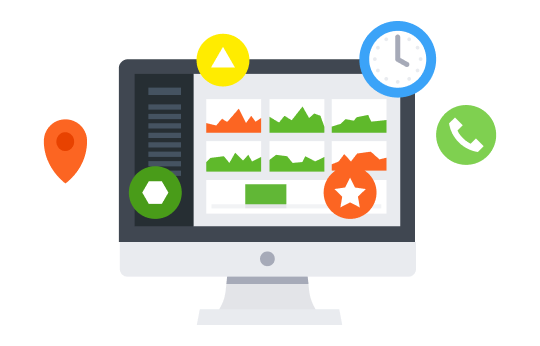
In modern teams where people collaborate through their computer screens and often even sit at different physical locations, it’s increasingly difficult for managers to keep track of everyone’s performance – they can’t take a look across the office floor and see what they’re doing. That’s where employee productivity monitoring software comes in, providing a detailed look into every team member’s workday.
If you haven't yet started to monitor your employee’s productivity at work, note that there are several approaches and that the variety can cause some confusion to first-time users. Therefore, let’s look at the most popular types of employee productivity monitoring and see which option fits your needs best.
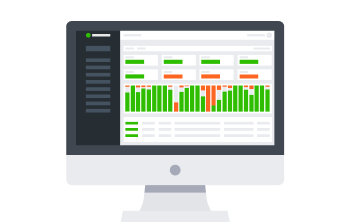
This is the most simple and popular way of monitoring employee productivity. It refers to keeping track of everyone’s attendance, time spent at work, and productivity levels throughout the day.
Employee computer monitoring will not only allow you to monitor your team members' attendance but also give you an insight into their working habits during the workday.

From auto screenshots to custom reports and document title tracking, these features come in handy if you need to monitor your team’s performance more thoroughly.
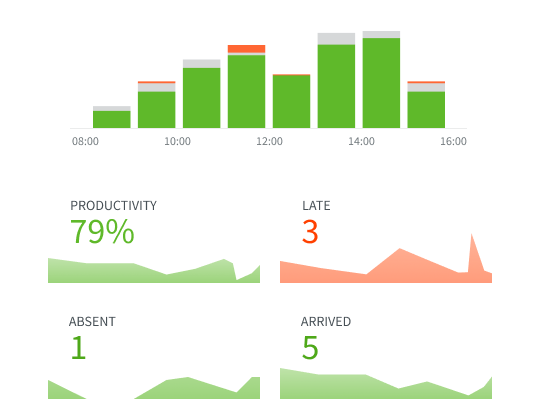
If you oversee remote employees, it’s quite likely that you have found it difficult at times to keep track of what exactly they are doing during their work hours. Productivity monitoring software can help – it will allow you to see a detailed report of your contract workers' working day, divided into productive and unproductive time. That way, you won’t have to keep guessing what your remote team is up to.
DeskTime combines several tools and features that will help you and your team reach new productivity levels. Monitor your employees' daily activity, as well as their sick leave, vacations and overtime. Get a clear overview of your team's workflow.

DeskTime’s automatic time tracking software gives you a timestamp for your employees' arrival and departure; it tracks the total time spent on work-related tasks and automatically calculates your team’s daily productivity.
Employees can indicate which applications and URLs are productive or unproductive for completing their tasks. At the end of the day, this gives a clear overview of how productive the workday has been. Analyzing the used unproductive apps, employers can also identify any possible online time stealers.
Monitor the individual projects and tasks your team is working on. Auto screenshots and activity rate trackers provide all the necessary data to give you an idea of the status of your projects, let you estimate the time required for projects in the future, and help you bill your clients accurately for the work done.

The optional DeskTime auto screenshots feature offers a particularly detailed view of your team’s efficiency and lets you accurately monitor employee internet usage. Every 5, 10, 15 or 30 minutes, DeskTime takes a screenshot of what everyone is working on and automatically saves the files on each user’s account. You can set up the screenshots to be blurred for increased privacy or disable this function altogether.
Use the DeskTime employee productivity monitoring software to create reports about the company’s productivity that you can share, print, or export to .xlsx files. You can also compare the effectiveness of your team or individual employees over a given period of time and gain insight into extra hours spent at work.
Using productivity monitoring software isn't and shouldn't be about surveilling your employees. Yes, it’s a perfect aid for anyone who wants to become more productive and can help company managers get an overview of what’s going on. But first thing’s first – employee productivity tracking software is not a spy or surveillance tool. It’s no secret that some might use this kind of employee monitoring software in ways that aren’t employee-friendly. Managers have the right to know how their employees get the job done, but it's also important to value their time and privacy. That means allowing personal time at work and encouraging breaks, too.
Seeing productivity tracking software as a spying tool or using every situation to point the finger at someone just isn’t efficient. If employees don't feel safe and trusted at work, it makes for a very unhealthy work environment. Honesty is always the best policy – being upfront about why a company uses productivity monitoring and how it can benefit everybody’s day-to-day life is the best way to go. Productivity monitoring is a two-way street of communication. Yes, it gives managers an overview of what their employees are doing during the workday, but it’s also a tool to help employees show their progress and ask for help if needed.
There are many reasons to choose DeskTime as your employee productivity monitoring software – the main one being that it's not a spy tool. DeskTime works to benefit both parties – employers as well as their employees. All features are customizable to each company's needs. This productivity monitoring software plays a big part in ensuring efficiency and transparency. When you use productivity tracking, everyone is accountable, and everyone’s work is transparent. DeskTime offers an optional screenshot feature but it does not register keystrokes or record videos. It's simply a tool that monitors productivity data and lets team members themselves see the areas that could be improved. Such self-analysis will motivate employees to do better and avoid any unnecessary and unproductive actions. Take, for example, those well-known “fast and easy” 5-minute jobs many of us are often asked to do. With employee productivity monitoring software they can note how much time these extra jobs actually take and be able to make better decisions on whether it’s worth interrupting their workflow.
The most important thing for an employer is to be transparent about their intentions when using an employee productivity tracker and be open to communicating why it will help the company and its employees. Productivity tracking can do wonders if everyone works as a team and strives for the best results.
Forget manual entries and distractions. With DeskTime, time tracking runs on autopilot—zero effort needed.